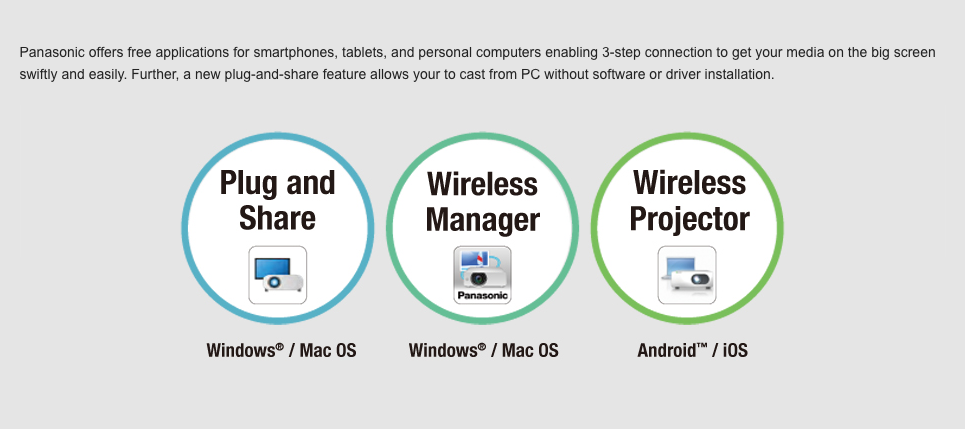A Handy Feature for Presenters
- Projector Keystone Correction Software Mac Download
- Projector With Horizontal Keystone Correction
- Projector Keystone Correction
- Vertical Keystone Correction Projector
ตั้งค่า Video Projector. นอกจากตำแหน่งและมุมแล้วเครื่องฉายวิดีโอส่วนใหญ่ยังมีเครื่องมือเพิ่มเติมที่คุณสามารถใช้ประโยชน์จาก Keystone Correction และ Lens.
Road warriors have to present in unknown environments on a regular basis. Whether they are presenting to a small or large audience, in a room with a screen, or improvising with a wall, one of the most frequent and frustrating problems is keystoning.
What is Keystoning?
Projector Keystone Correction Software Mac Download

'Keystoning' occurs when a projector is aligned non-perpendicularly to a screen, or when the projection screen has an angled surface. The image that results from one of these misalignments will look trapezoidal rather than square. A distorted image is a distraction most presenters want to avoid. However, in some cases, there is nowhere else to place the projector. So what can you do?
Professional portrait studio software and projection software and wedding studio software for Mac and Windows computers. Professional photographic studio sales and photograph ordering software. The HD Mini Projector M175 by Miroir delivers HD-quality projection from your iPad, iPhone, MacBook, or Apple TV. Buy online now at apple.com. The other is the geometric correction tool (GCT) in the Image Express Utility Lite software that has more functions such as 4 points, multi-points and parameter corrections. Those allow you to correct almost all distortions in the image. Image Express Utility Lite for MAC is not supported. Versatile and highly portableThe ViewSonic® PJ358 ultra-portable projector is a performance leader with a rich feature set at an affordable price. The PJ358 delivers 2000 ANSI LUMENS AND 1024 X 768 XGA RESOLUTION for crisp, detailed images in any lighting situation. The short throw distance enables you to DISPLAY A 1.5m IMAGE FROM 149cm. At just 1.8kg, this projector's portability is.
/Lens-Shift-vs-Keystone-Correction-f356271faaf244eeb9615494188ea5b2.jpg)
Early projectors did not have keystone correction features. Projectors were usually found in fixed installations, so furniture and screens could typically be moved to accommodate. As projectors became lighter and more portable, the demand for an easier solution grew.
Looking for a projector? Click here or call (888) 248-0675
Manual Keystone Correction
Today, there are two methods of keystone correction, manual and digital. Manual keystone correction is essentially a physical adjustment to the lens of the projector so that it projects at an angle higher or lower than it would be if it were on a flat surface. The manual adjustment works well in some situations, but cannot eliminate horizontal keystoning. The projector also needs to be far away from the screen to achieve results. Not good enough you say? Read on...


Digital Keystone Correction
LCD and DLP™ projectors are both digital display devices. Data such as a PowerPoint presentation sent to a projector is digitally converted and scaled. By adding a special, selectable, algorithm to the scaling, some new projectors are able to alter the image before it reaches the projection lens. The result is a squared image, even at an angle. This allows presenters more flexibility when setting up their projector in variable environments.
Degree of Correction
Projector With Horizontal Keystone Correction
Projectors vary in the amount of keystone correction they can provide. For vertical (up and down) keystone correction, some offer a modest 12 degrees while others achieve as much as 35 degrees of correction. Some new projectors, such as the latest line-up of Hitachi projectors, also offer horizontal (side to side) keystone correction.
Projector Keystone Correction
While keystone correction is a handy feature for road warriors and other portable projector users, it does not produce an ideal picture quality. Scaling inside the projector creates a slightly distorted image, particularly at the sides of the screen. In a long-term installation, lens shift is preferred to keystone correction.
Vertical Keystone Correction Projector
This projector offers a variety of hardware and software features including multiple PC and video input options, 1.1x manual optical zoom, auto vertical keystone correction, 120Hz/3D-ready, support HD video signal and integrated speaker. Filter-less design and energy-saving Eco-mode provide for easy maintenance and longer product life. The PJD5123 lightweight design is ideal for tabletop use or ceiling mounting in both classrooms and corporate offices.
Key Features:
- Supports up to 120Hz frame rates and 3D ready DLP technology
2,700 ANSI lumens for clear and bright images
- BrilliantColor technology provides exceptional display quality
- Auto vertical keystone correction, support HD video signals and Integrated speaker
- New slim design 3.2 inches height and lightweight 5.7 lbs, ideal for portability
- Filter-less design and ECO-mode for easy maintenance and longer product life
- Ideal for classrooms, conference rooms, mobile business presentations and home entertainment
- One of the best warranties in the business: 3 years on parts and labor, 1 year on lamp, and free 1st year Express Exchange service
NOTE:
This package provides the installation files for ViewSonic PJD5123 Projector Standard Monitor Driver Unsigned for XP
Please do not forget to check with our site as often as possible in order to stay updated on the latest drivers, software and games.
Note: Try to set a system restore point before installing a device driver. It will help you restore system if installed driver not complete.